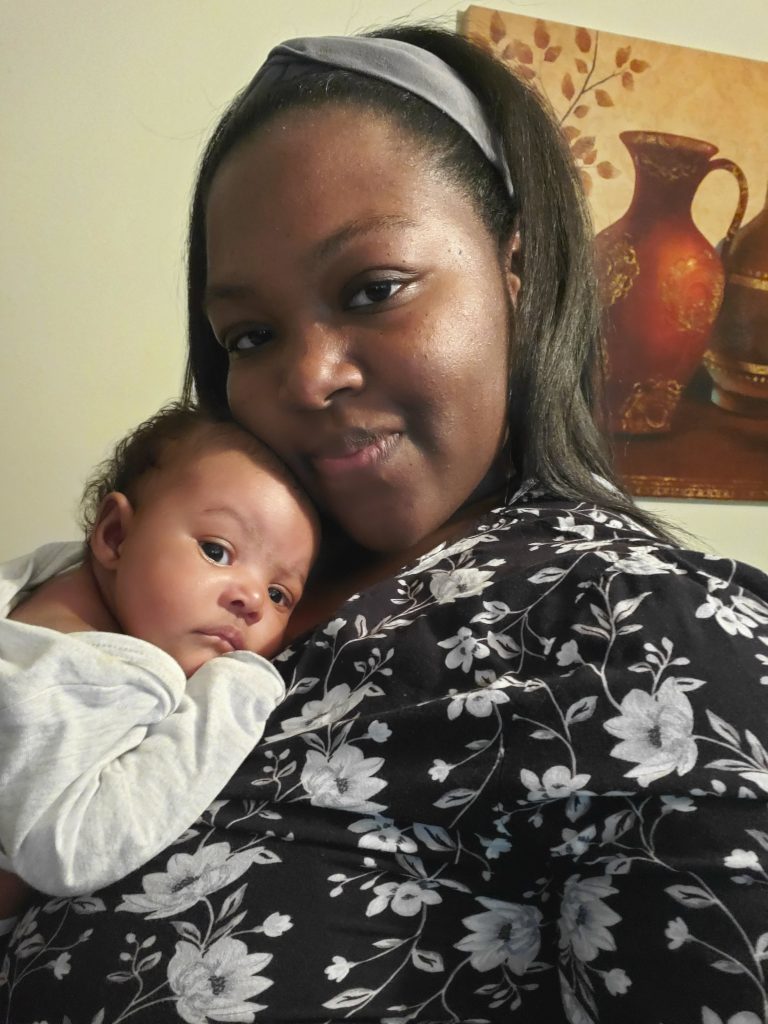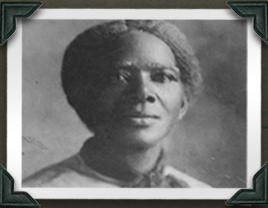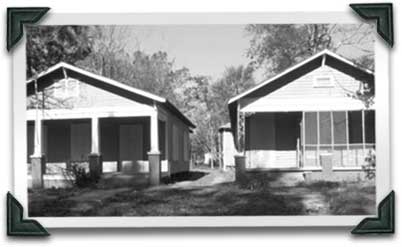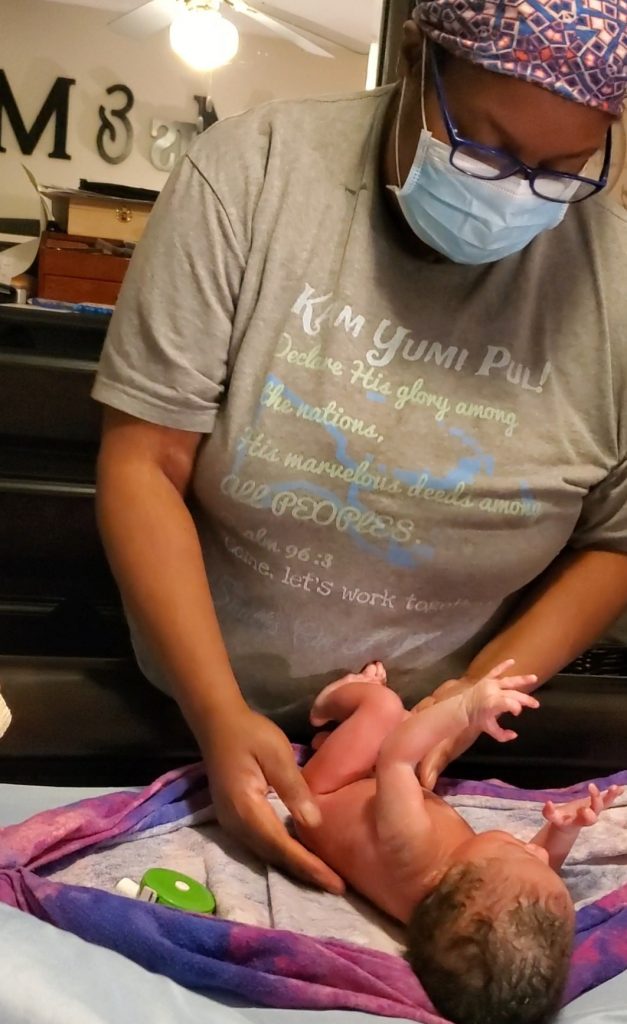Shameika Davis moves from the bed to the couch. The pain is intense, but moving helps.
She watches as midwife Toni Hill lays out the items needed for the birth. Davis moves to the birth

ball listening to the instructions of Hill’s assistant to regulate her breathing. Five contractions later, she is up again moving across the floor to the ottoman. Hill applies pressure to her back. Her soothing and calming voice relieves the anxiety in the room.
Minutes later, Davis is up again. When she realizes what is happening, she calls for Hill to join her. Moments later, Hill catches Davis’ baby girl.
“My experience with a midwife was empowering,” Davis says while holding her now 7-week-old daughter. “Toni made sure I had all the knowledge and resources I needed to make my own decision, and she supported me in whatever decision I made.”
Toni Hill, believed to be the only practicing Black midwife in Mississippi, continues a centuries-long tradition among Black women that Scott Ford House Inc. hopes to honor.
Preserving the Heritage of Midwifery
Mary Green Scott moved to Mississippi’s capital city after the abolition of slavery. While working as a maid, she learned about purchasing property and saved enough to buy the plot where the houses, built in 1891, still stand. Scott lived in one. Her daughter Virginia Ford, a practicing midwife, lived in the other with her husband, John. Their descendants continued to own the property for more than a century.
Dorothy Dobbins deeded the homes still stocked with her grandmother’s midwifery essentials to Scott Ford Houses Inc. in 1996. However, poor financial management caused the home to be sold in a tax sale. The group reorganized in 2015 and negotiated with the new owner to return the homes to the organization and has since worked to secure the funding needed for preservation. The restoration project will include repairs of the floors and roofs, replacement of the porch columns, the creation of secure openings for both homes and construction of a temporary security fence.
A museum at the site will pay homage to Mississippi’s midwives chronicling their accomplishments and contributions to the health care of African Americans. The homes have important historical significance. They are the only ones known to be authentically tied to midwifery in the state and are listed on the National Register of Historic Places. Through funding from the Community Preservation Program grant, Mississippi Cares, LLC and other donors, renovations of the houses located at 136 and 138 Cohea Street can begin.
With the renovation, the organization hopes to have a permanent place to house “Reclaiming Our Legacy & Shifting the Narrative of Mississippi Granny Midwives: A Storytelling Project.” The W.K. Kellogg Foundation is providing a $50,000 grant to help document the stories of families in the state through interviews with families or communities that had midwives.

The dialogue will focus on “granny” midwives and their roles in births as well as their interactions with children. The project will focus on the Jackson Prairie, Mississippi Delta, Black Belt and Loess Hills regions of Mississippi.
“What we want to do is find families who have those griots who have kept up with the history of their families and have the memory of a midwife,” Scott Ford House Inc. Board President Alferdteen Harrison says. “Those are the stories we want to capture.”
Midwifery dates back to the earliest years of American colonization when African women arrived on slave ships, already trained as midwives. The practice continued over the next two centuries with Black midwives attending African American mothers as well as white women as they gave birth. By the late 1700s, the medical science of obstetrics, which was largely practiced by white men, drew many white women to them, but Black midwives continued serving their communities until laws began to change 40 years ago.
“One of the things that the storyboards will indicate is what was the legal downfall of the midwives,” Harrison says. “After the 1980s, the historical midwife—the ones we are talking about—were no longer certified by the state. The state had already made it illegal to practice midwifery unless you were certified. Then, they weren’t encouraging younger people.”

The recently unveiled timeline titled, “Granny Midwife Story Boards: 1619 to circa 1980” will be the first exhibit at the Scott Ford Houses museum. The kiosks containing the videos, recordings and transcriptions from the interviews will be housed at the Margaret Walker Research Center until the complex is complete. Additional artifacts such as uniforms, journals and medical supplies will also be on display at the Smith Robertson Cultural Museum Complex.
A Vital Part of the Community
Midwives were once vital to the state’s health-care system. Yulonda Eadie Sano shared statistics in “‘Protect the Mother and Baby’: Mississippi Lay Midwives and Public Health” showing that Mississippi midwives helped deliver more than 84% of the births of Black infants during the 1920s and 1930s. A statewide survey in 1921 found an estimated 5,000 lay midwives practicing in the state. These women, who mostly learned the trade through apprenticeship without formal training, were overwhelmingly African American. Many states began
Midwives not only attended births, but provided in-home postpartum care for mothers and public-health education, all at low to no cost to families. Although steadily declining, midwifery continued to play a significant role in births until programs such as Medicaid made hospital-based deliveries affordable while refusing to cover the costs of midwives.

Harrison said these women were the most prominent and honored members of their communities. Many of them, like the one who delivered her, left deep legacies in the areas they served. “The midwife had more sway in the community during that time than men did. They were often the leaders. If anyone spoke for the neighborhood, it was the midwife,” Harrison says.
She hopes that the stories collected by the project will not only serve to enhance the archival resources of Jackson State University and museums, but also revitalize the use of midwives in the state.
“It is (about) reclaiming the legacy and shifting the narrative to talk about what they actually did for the community … but it is important that midwifery come back,” Harrison says. “From my personal experience, I would have preferred to have had a midwife. (The practice) has reemerged, and I am very happy that we have this new emergence of midwives.”
Hill, who has worked as a midwife for eight years, sees the work of Scott Ford House Inc. as significant in keeping the knowledge of her profession alive.
“The stories have been lost because (the midwives) were just normal people,” she says. “They were playing their role in the community because it was a normal thing to have a midwife. Anything that highlights the work that we’ve done and continue to do is beautiful and is valued and needed.”






